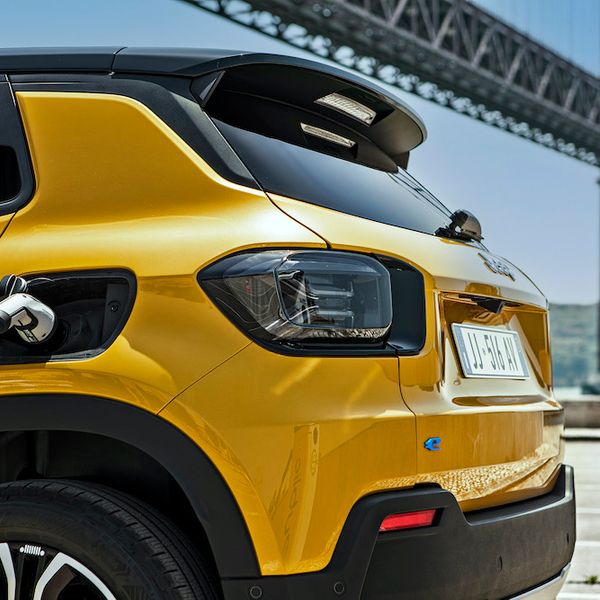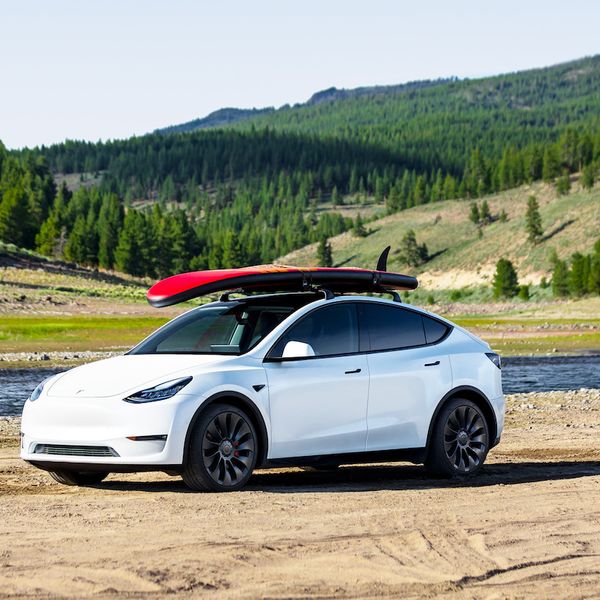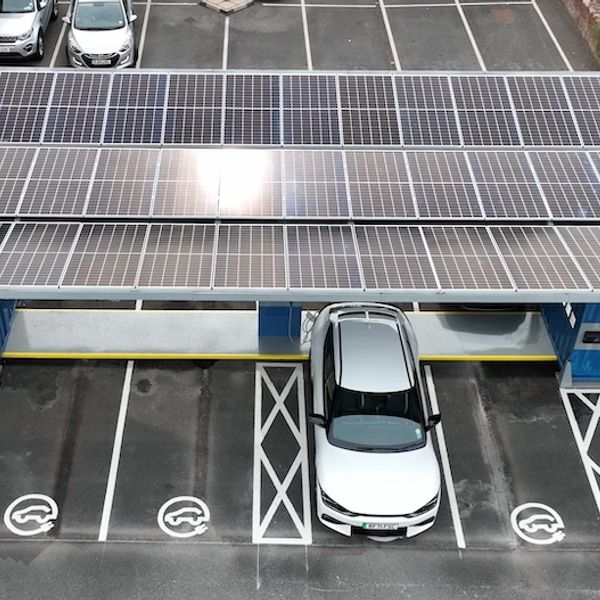Mercedes eVito
‘eVito’ might sound like a brand of sports drink or the street hashtag for a diminutive, veteran Hollywood comic actor, but is in fact the name of a German electric van. Mercedes is up front about this mid-sized van’s real world range, quoting WLPT combined range figures of 91-92 miles. It's certainly not the longest range, but it might be enough for urban delivery duties.
As for recharging, a Type 2 11kW wall box will take six hours to fully re-charge the van. Speaking of chargers, Mercedes will fit one to your garage wall at no extra cost if you buy an eVito.
The Long wheelbase eVito has a payload of up to 905kg and 6.0 m3 of loading space. The Extra Long version manages 890kg and 6.6 m3 of space. Other features include a Thatcham-approved alarm and tracking software, so that any tools left in one of these vehicles overnight have a chance of still being there in the morning. Along with the rest of the van.
Mercedes eSprinter
This more substantial Mercedes electric van has much in common with its smaller eVito stablemate, including the ‘buy me and we’ll fit a charging box as part of the deal’ offer.
Mercedes claims using a rapid DC charger an eSprinter driver will get 80 per cent electric replenishment in 30 minutes, an AC fast charger takes eight hours for 100 per cent topping up. To haul stuff around the van makes use of an 85kW, 114 horsepower motor.
The eSprinter has a claimed 82-95 mile range (combined WLTP figures). You can shove a payload weighing up to 731kg into the back, which has a volume of 11 m3 - there’s only one wheelbase.
Should the van become powerless, there’s free roadside assistance that covers ‘I forgot to charge it up’ misery.
Morris JE
Morris Commercial claims it will start taking orders for its retro-look JE baby van very shortly, after a painfully long gestation period. The undeniably cute looking JE is a modern day homage to the 1948 launched Morris J-Type van, then Morris’s first new commercial vehicle since the end of the last war. The JE hasn’t actually got beyond the prototype stage, its makers won’t say where it will be built or when, but if it does see the light of day the JE will have a carbon fibre body and modular underframe, so there’s potential for some clever packaging.
Visit Morris Commercial’s website and you will see stuff about pickups, minibuses, infotainment systems, autonomous driving technology, and the following claims: 90mph top speed, 200 mile range, 1000kg payload, 5.5 m3 load volume, and 80 per cent fast charge replenishment in half an hour. Real world figures? We’ll have to see some real JE vans on our roads to find out.
We also need to see about the price. There have been some figures mentioned that made us wince a bit. You'd need to consider this an advertising expense rather than a workhorse van.
![]() Morris might have you dancing with joy, until you see the price
Morris might have you dancing with joy, until you see the price  Ford's ubiquitous Transit goes electric next year
Ford's ubiquitous Transit goes electric next year 
















